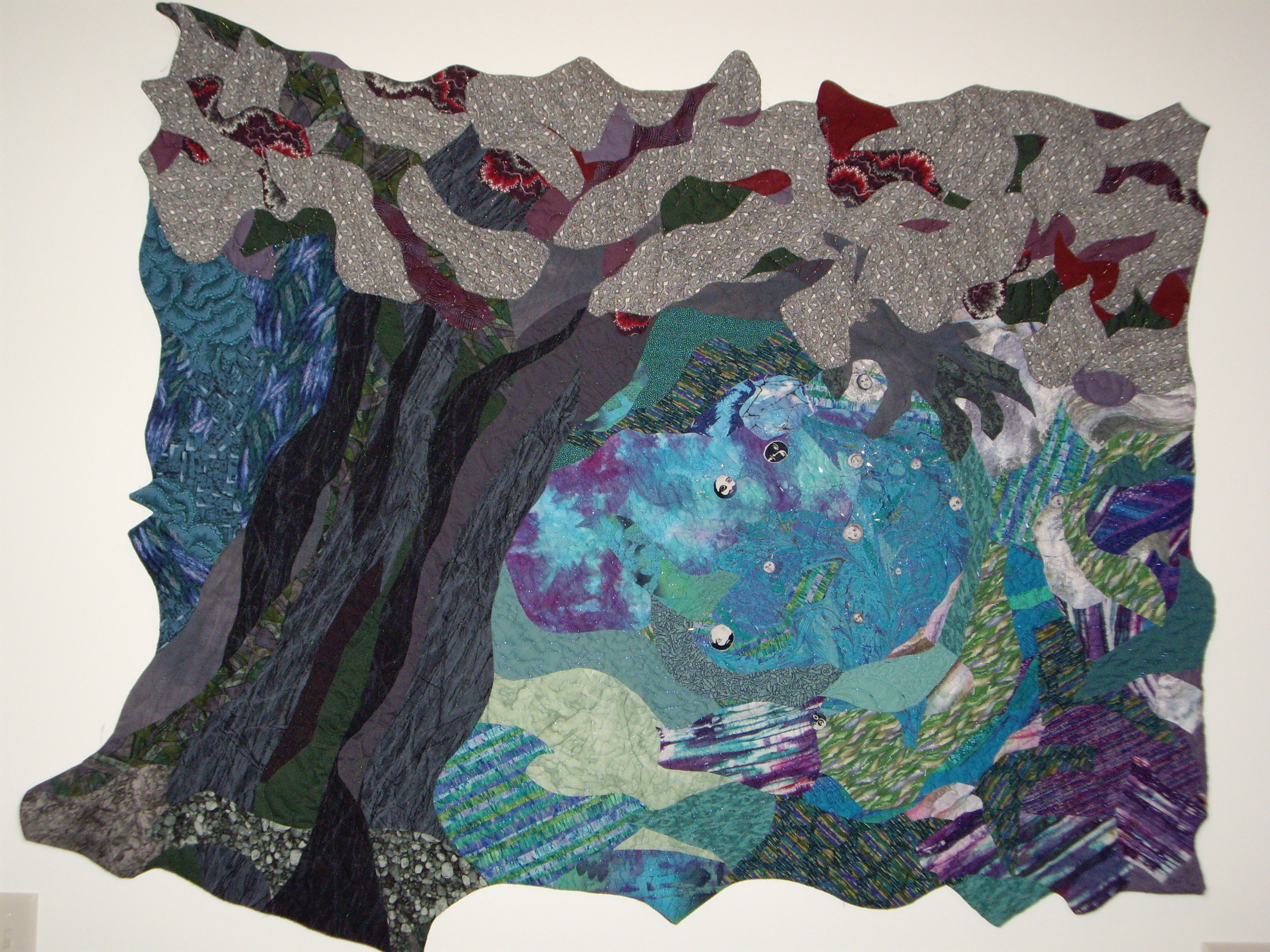The Farmers Market, the Kitchen, and School 2.0
The last 24 hours in my email/RSS/real people world has brought reminders of difficult realities:
1. Web 2.0 tools die (or are left to suffer a slow death by weeds) as rapidly as the seasonal harvests of farmers.
2. Teachers are in a hot kitchen with far to many required recipes these days.
Compounding this situation:
3. The most imaginative minds are generating exciting scenarios and fabulous examples of an entirely new way to cook up learning. Call it School 2.0: Nouvelle Cuisine for the Minds.
So how is the teacher (in #2) supposed to reconcile all this? Let me elaborate…
1. TeachersFirst Edge reviews web2.0 tools and suggests ways to use them safely and effectively in the classroom. We are, essentially, offering the 20-minute recipes for the Nouvelle Cuisine for the Minds. We visit the Farmer’s Market of web2.0, select the current cheap (free) ingredients available, and give teachers ideas for a quick family meal that brings new taste to their classroom and lets the kids get involved in the actual cooking. The ongoing problem is that a farmer simply won’t appear one week. No one knows what happened to his produce. It simply went out of season or was left to die on the vine. Free web2.0 tools die. Fact of life. And the teachers and kids have no clue where to look for a substitute ingredient. Can you make a timeline out of another kind of fruit?
2. Meanwhile, the same teachers, and their 10,000 other colleagues who never even VISIT the Framers Market, are being told what to cook, how many minutes it should take, how to measure it (at least 3 times), conduct a scientific taste-test, and still turn out at least three dozen new dishes a day. The directions are explicit and the consequences of one dropped cupcake are dire.
3. The same teachers that were involved in #1 (and #2, since ALL must do the required recipes) read about those in #3 and simply want to cry. They long to approach Nouvelle Cuisine, but they do not have the time to look for replacement ingredients or even learn to read French. They don’t Twitter, might blog, and have not found the store where they can buy the TechCrunch they have read about. Their market is local, so they must shop accordingly.
What is a teacher to do? Some say, “If you can’t stand the heat, get out of the kitchen.” If all who are frustrated (all those in #2) do so, our kids may starve. Certainly, there are some cooks in #2 who won’t even read about Nouvelle Cuisine, but how can we reconcile the desire of the better ones to reach #3 with the requirements of #2 (and the transience of the ingredients in #1?).
What we need to do is throw out the recipes. We need to be sharing loads of ingredients, maintaining awareness of what is available at the web2.0 Farmers Market (and perhaps asking some farmers to grow a little more of this or that), sharing what we know about tasty substitutions for missing ingredients, granting permission to generate unique concoctions, and encouraging kitchen-sharing with anyone who walks in. The Nouvelle Cuisine folks would welcome the collaboration and gladly relinquish the haute in favor of rich potluck. The Cookbook Writers in #2 MIGHT be convinced to permit change, as long as, ultimately, there is a taste test to assure that what we cook up is “good food” (most likely a regional or even personal taste). Ultimately, what we want is food that satisfies: “cognitive nutrition” (term adapted from Tom O’Brien and Christine Wallach. And perhaps a new ventilation system for that kitchen heat would be a good idea.

 of years of women’s quilts as the underpinnings (sorry—pun) of my work, but I also deny them in pushing the medium, cutting through it, redefining its edges into non-edges and its techniques away from a rigid 10-stitch-per-inch standard.
of years of women’s quilts as the underpinnings (sorry—pun) of my work, but I also deny them in pushing the medium, cutting through it, redefining its edges into non-edges and its techniques away from a rigid 10-stitch-per-inch standard.

